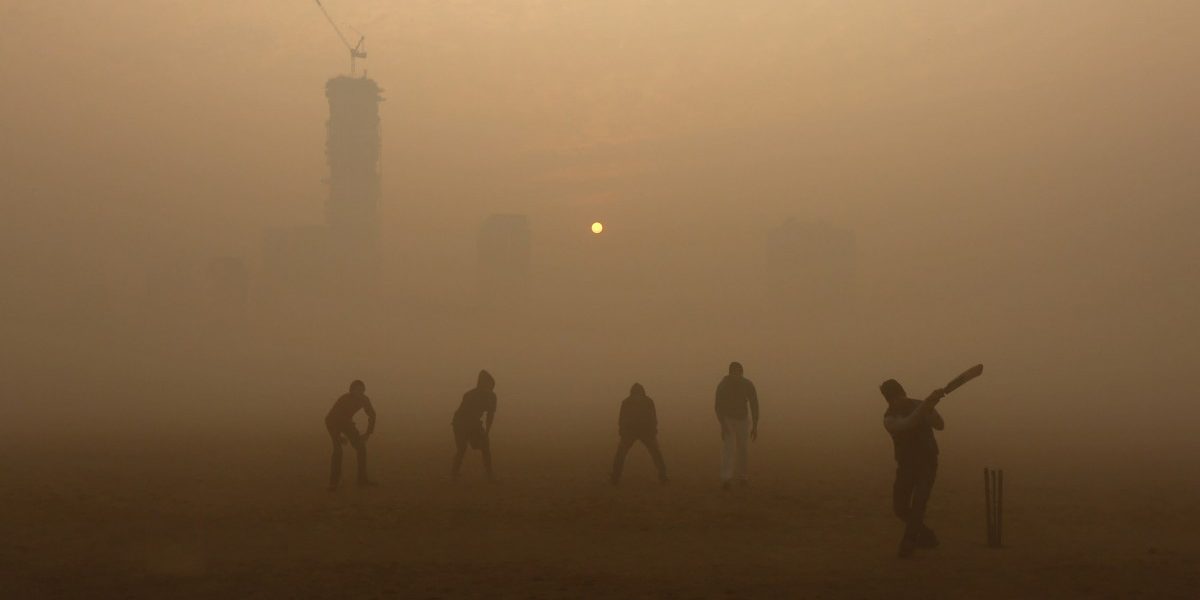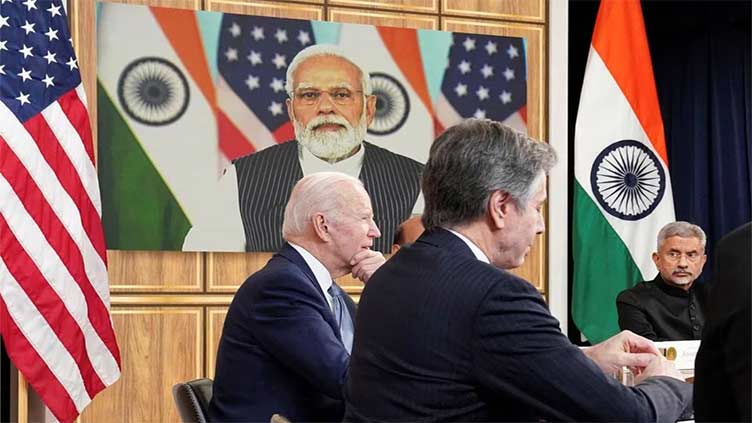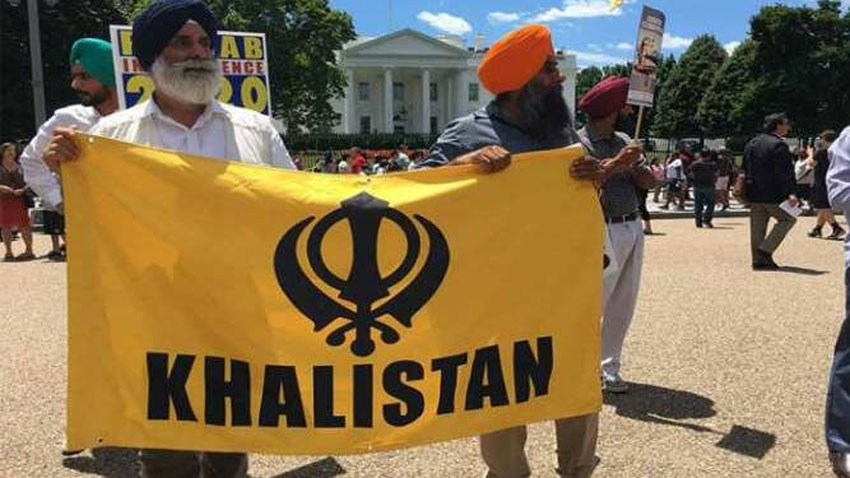
Kochi: Air pollution can cost Indians five years of their lives. In north India, it cuts life expectancy even more – by as much as seven years. Put together, such particulate pollution is the greatest threat to human health in the country.
These are some of the findings of the latest Air Quality Life Index (AQLI), for the year 2020, published by the Energy Policy Institute at the University of Chicago. While the report “reinforces” what we already know about air pollution, it is important to also examine how exposure to air pollution exacerbates existing vulnerabilities in society, said air quality researchers. One of the many things India needs to do is set up more ambitious air quality standards.
Fine particulate matter, or PM2.5, is one of the world’s major air pollutants. These inhalable particles, less than 2.5 micrometres (µm) wide, are emitted when fossil fuel is burnt, such as in factories and vehicular engines. Fires (including burning crop residues) can be a source of particulate matter too. According to the World Health Organisation (WHO), chronic exposure to fine particulate matter contributes to the risk of developing cardiovascular and respiratory diseases and lung cancer. It is a serious threat to public health.
Fine particulate matter is a major pollutant in India too. So much so that in 2019, the Ministry of Environment, Forest and Climate Change (MoEFCC) launched the National Clean Air Programme (NCAP) to prepare clean air action plans to reduce PM2.5 pollution by at least 20% by 2024, as compared to 2017, in 132 cities.
Currently, the Central Pollution Control Board, the apex statutory body in India for pollution control under the MoEFCC, prescribes an annual average of 40 micrograms per cubic metre (μg/m3) as the permissible upper limit for PM2.5 in the lower atmosphere. The international WHO standard, however,
Scientists at the Energy Policy Institute at the University of Chicago analysed both satellite-derived and ground data on PM2.5 levels in 2020 across the world. Along with other data, including population levels, they placed it in the context of life expectancy: how many years would people stand to gain if their countries or regions met fine particulate matter pollution levels as prescribed by the WHO or other national standards?
They found that reducing global pollution levels to meet the WHO standard would add 2.2 years to the average life expectancy. Despite the onset of the pandemic and resulting lockdowns, global PM2.5 levels still remained the same. South Asia remains the world’s pollution hotspot. And pollution is still a huge health burden in Southeast Asia.
Indians stand to gain 1.6 and 5 years in life expectancy if air pollution levels are reduced to the Indian standard (40 μg/m3) and the WHO standard (5 μg/m3) respectively. In north India (specifically, the Indo-Gangetic plains, which also includes parts of Uttar Pradesh), where pollution levels are higher due to several factors including the crop burning by farmers, people lose 7.6 years of life expectancy on average if current pollution levels persist. The Indo-Gangetic plain is home to 40% of India’s population: such air pollution will affect more than 500 million people in the country. Residents of Lucknow could lose 9.5 years of their lives if the current pollution levels persist. The Wire


